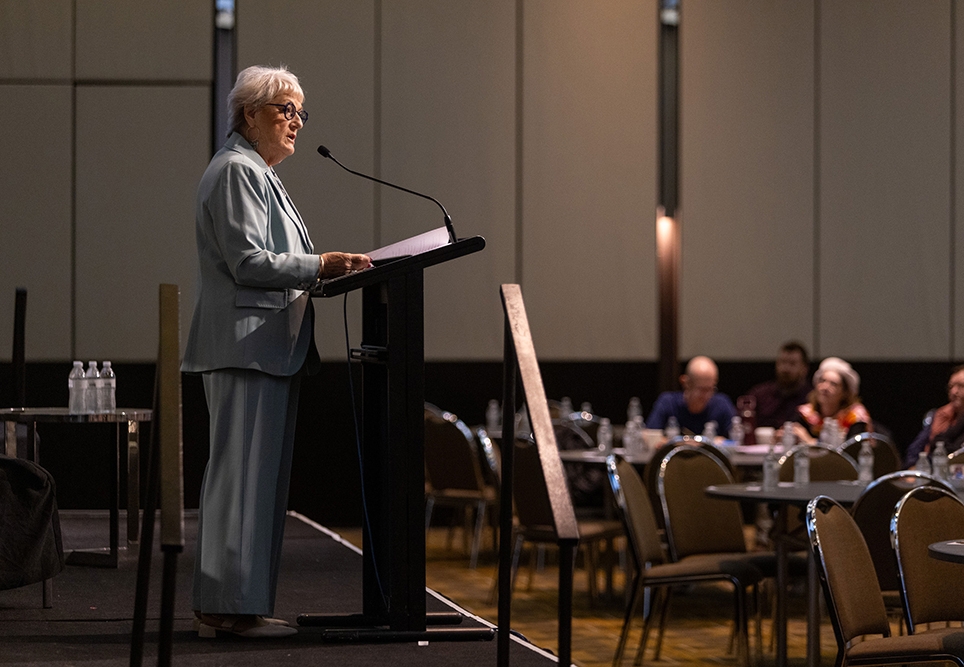
There is a great deal that the remote health practitioner can do to prevent preterm labour (PTL), we cover this in detail in both the MEC and MIDUS courses, but here is some information to inform practice.
First, let’s clarify some facts about preterm labour. A pregnancy is classified as preterm when it is over 20 weeks gestation and before 37 weeks gestation, thus preterm labour is the onset of labour during this period. Around 9% of births in Australia are preterm, this figure is almost double for First Nations women, and it is much more common in rural and remote Australia, therefore early identification and management in rural and remote environments is imperative.
It is often difficult to predict who will go into preterm labour, as around half of preterm labours are spontaneous and unexplained. There are, however, some potentially modifiable risk factors associated with preterm labour. These include:
- Previous preterm birth(15–30% recurrence rate)
- Preterm premature rupture of membranes (PPROM)
- Multiple pregnancy
- Polyhydramnios/oligohydramnios (too much/too little amniotic fluid)
- Antepartum haemorrhage
- Systemic infection*
- Sexually transmitted infections (STIs)/urinary tract infections (UTIs)*
- Smoking*
- Maternal trauma
- Illicit drug use*
- Uterine abnormalities
- Assisted reproduction e.g. IVF
- Younger (<18) and older (>35) maternal age
- Ethnicity
- Maternal stress.
*As you can see, whilst many of the above risk factors cannot be prevented, many can be prevented, or at least risk managed.
Good antenatal care, a trusting relationship between women and their carers, culturally safe and women-centred care all go a long way to preventing many complications of pregnancy, including preterm labour.
Many preterm births (15–20%) are also the result of a maternal complication (i.e. Hypertension or fetal growth restriction) which may lead to a decision to induce labour earlier than 37 weeks.

But: what happens if someone does present to your health clinic with PTL?
Women in preterm labour may present with varying symptoms, including:
- a general feeling of being unwell
- contractions
- lower back pain
- a ‘sense’ that all is not right.
A woman’s presentation to the clinic for care may not be for signs of preterm labour but for symptoms of the cause of the preterm labour. For example, she may have been involved in a minor car accident and she now has some intermittent abdominal pain and consequent trauma or bleeding. Or, she may have a urinary tract infection (UTI) which has triggered labour. Therefore, an important part of the assessment and management of the woman is to determine the cause of the preterm labour, and appropriate treatment of the cause where possible.
The goals of management of preterm labour in a rural/remote setting are:
- Early recognition of preterm labour.
- Early consultation with the referring DMO/retrieval team/local consultation & referral pathway for management and medications.
- Medications ordered may include: steroids to assist the baby’s lungs to mature, medications to stop the labour, or antibiotics if there are clinical signs
of infection (UTI/STI/other). - Assessment of and treatment for the cause of preterm labour.
- Transfer to higher level care prior to birth (the safest way for a preterm baby to be transferred is in utero).
As soon as you have gathered a history from the woman and have done a thorough physical assessment, you will need to discuss the findings with the DMO or another referral pathway and decide on a plan for management and retrieval.
If the baby is born in your setting, the important key points are:
- Resus: utilising the ANZCOR guidelines section 13 https://www.anzcor.org/home/ne… in particular 13.8 which contains the information relevant to preterm infants.
- Keep the infant warm (if less than 32 weeks can consider plastic bag/wrap). See ANZCOR Guideline 13.8 – The Resuscitation of the Newborn in Special Circumstances.
- Observation for and management of Respiratory Distress Syndrome.
- Checking for hypoglycaemia and managing blood glucose level according to local protocol. Try to gain some colostrum if the baby cannot go to the breast (prem babies may not be able to), or provide some calories via oral glucose or formula, once again follow your local protocol and medical orders.
- Prem babies can be quite vigorous initially but can tire quickly so require constant vigilance and monitoring.
References
Australian Government – Department of Health and Aged Care (2019) Risk of preterm birth. https://www.health.gov.au/reso…
Australian Preterm Birth Prevention Alliance (n.d.) Causes of Preterm Birth. https://www.pretermalliance.com.au/About-Preterm-Birth/Causes-Of-Preterm-Birth
Australian Preterm Birth Prevention Alliance (n.d.) Preterm Birth in Aboriginal Populations. https://www.pretermalliance.co…
RANZCOG (2021) Term Prelabour Rupture of Membranes (Term PROM). https://ranzcog.edu.au/wp-content/uploads/2022/05/Term-Prelabour-Rupture-of-Membranes-Term-PROM.pdf
Safer Care Victoria (2018) Preterm labour. https://www.bettersafercare.vi…
Remote Primary Health Care Manuals. (2022). Women’s Business Manual. (7th edition). Alice Springs, NT: Flinders University
AIHW Mothers & Babies Report 2023. https://www.aihw.gov.au/report…
ANZCOR (2023). Guideline 13.8 – The Resuscitation of the Newborn in Special Circumstances. https://www.anzcor.org/home/ne…


